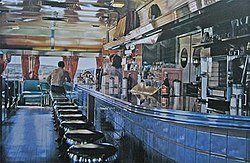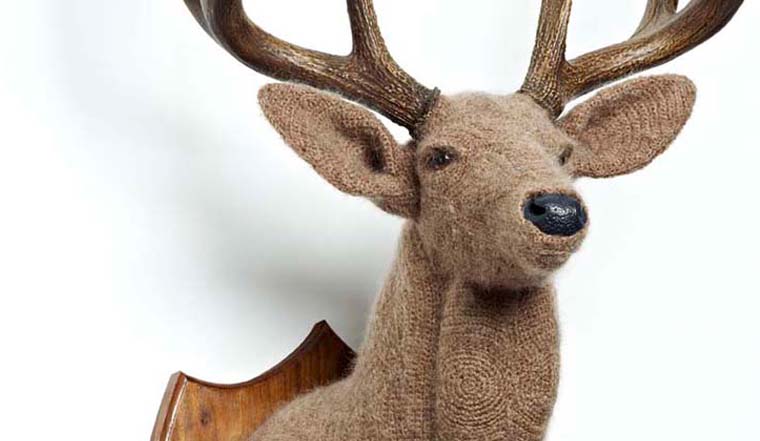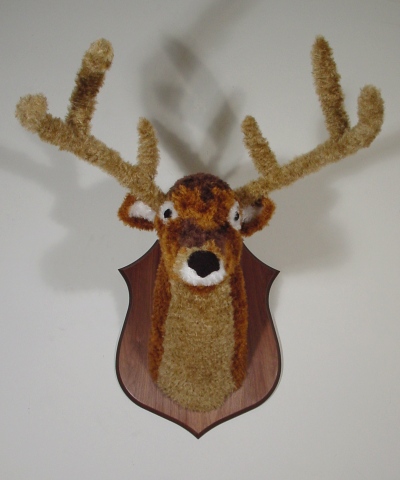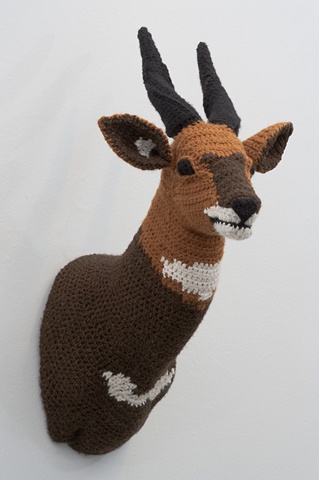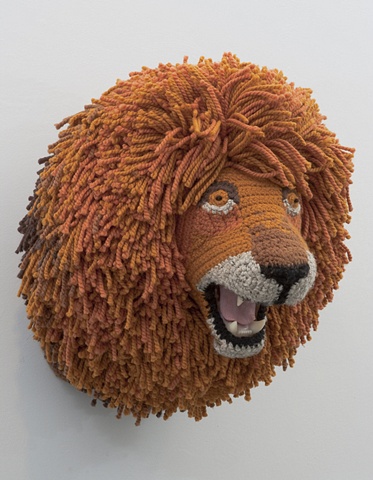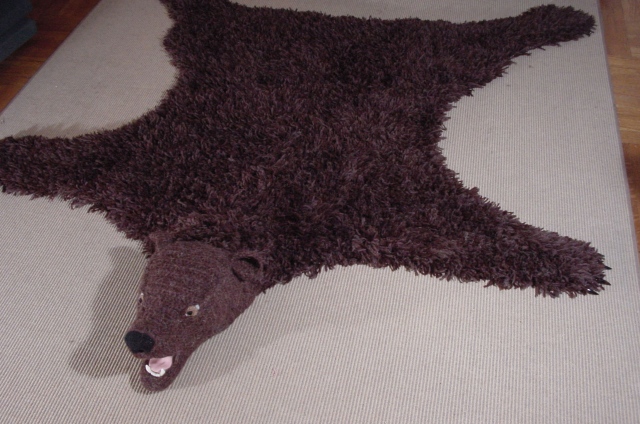For my dissertation I am working on the arts and craft movement and stumbled upon this book in the library, 'Handmade Nation: The Rise of DIY, Art, Craft and Design' by Faythe Levine and Cortney Heimerl. One of the first things in the book is this beautiful time line that shares the recent 'New Wave of Craft'. This is something I am more interested in for my essay as it shows the more recent rise in craft, as well as looking at the original art and craft movement. It also helps with my practical project as I need a critical context behind my prop making. This book has answered many of my questions and I wanted to share, and recommend it, to anyone that has not read it.
What makes the book special is how it has all these different accounts of crafters which you can relate to and understand. I think the 'craft' world is very different to the photography one, it is a lot more supportive. As a photographer you don't really want to share your techniques in fear that somebody will copy you, however as a knitter you are embraced into this world that wants to share with you. Maybe that is a little naive to think as I am looking at two different levels in the industries, top knitwear designers probably don't want to share their patterns with the world? And there are countless photography books showing you 'how to' shoot and edit in a certain way. Is it just a feeling that I have? Am I a little more comfortable in the crafting world? I do think people 'like' Louise the knitter more than Louise the photographer, or maybe learning to knit has taken me out of my shell?
Schwandtner, S (2008, p26), founder of Knitknit states, "I think handcraft is popular right now as a reaction against a whole new slew of things, including our hyper-fast culture, increasing reliance on digital technology, the proliferation of consumer culture, and even war" and I think that is incredibly true. When I learnt to knit I was becoming slightly uninterested with my photography work, I think the personal issues that surrounded me last year at uni did change my attitude on taking photos. I did however knit away, the first jumper I made I just didn't want to stop, it didn't matter that the crafting wasn't great on it, holes, dropped stitches and deciding to make tiny sleeves so I could finish it faster, I was just proud to make something. My facebook friends enjoyed the photos I'd post as I was making it and I had a slightly odd chunky knit jumper to proudly wear around uni. "People want to see a project through from beginning to end, something they don't get to do in their daily lives" explains Schwandtner, S (2008, p26), which I can definitely see as a real truth.
Looking through the book made me realise why I want to use knitting in my project, it is what I love. I love taking photos, but as a student you are under constant judgement of your tutors, class mates and most of the people in the industry won't give you a second look because you are a student. My knitting isn't under judgement from any of these people, if I was on a textile degree it would, but its something special to me. The same way I look at people in my class in awe for their still life prop making, use of natural light or documentary style (hello Mikko!). People are always more interested in what you are doing if they can't do it themselves. And crafters love seeing other crafty work, because you know when somebody makes something it is personal to them, even if it is a silly little knitted owl.
Wagner, A (2008, p1) writes, "Some people want to embrace craft for its essence of craftsmanship - that is, the quality of a piece of work, the time and effort that went into its production. Others are excited by craft because of inherent otherness - that is, its unique ability to set its practitioners outside of mainstream industrial society" which is something you know is true once you have read it. You knew it already but just had to see it to know you were right. There are hundreds, thousands, millions of reasons why people do something and I think I've just started learning why knitting for this project is so important to me. There is so much pressure to make a commercially viable set of photos, the course is so focused to get us ready to enter the industry but maybe thats the part of uni that's putting me off being a photographer. I think using knitting with this project will bring me back into the creative world, image making or textile, whatever happens I know I'll produce something I can be proud of.
Bibliography
Levine, Faythe and Herimel, Cortney. (2008). Handmade Nation: The Rise of DIY, Art, Craft and Design. New York: Princeton Architectural Press



